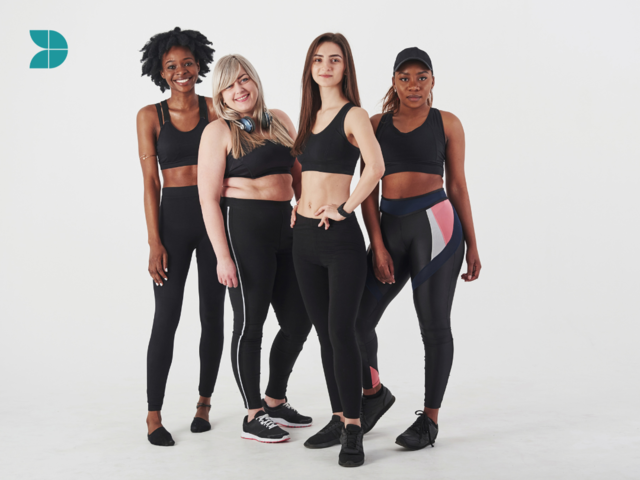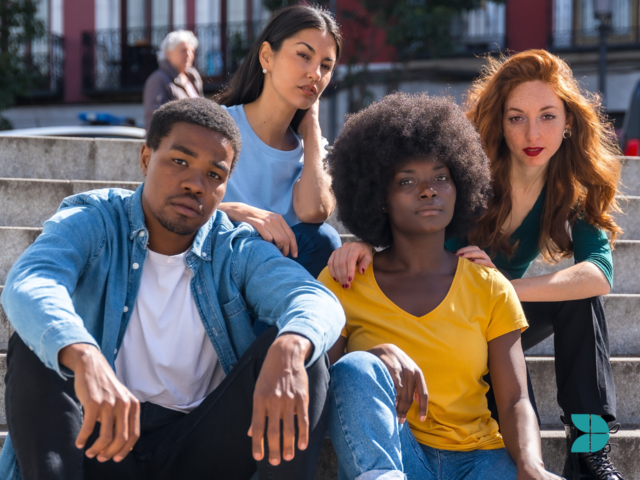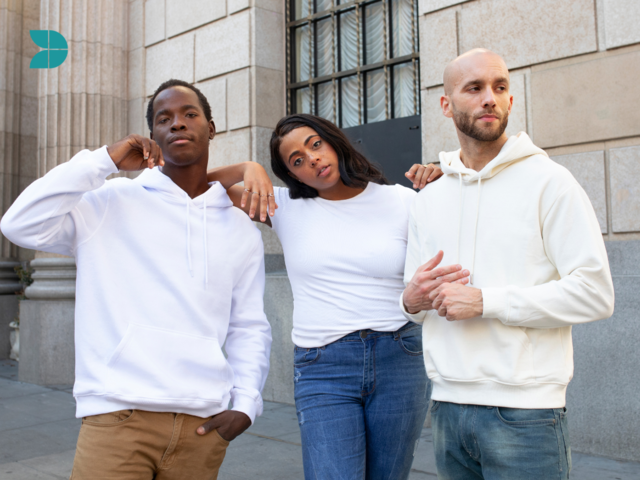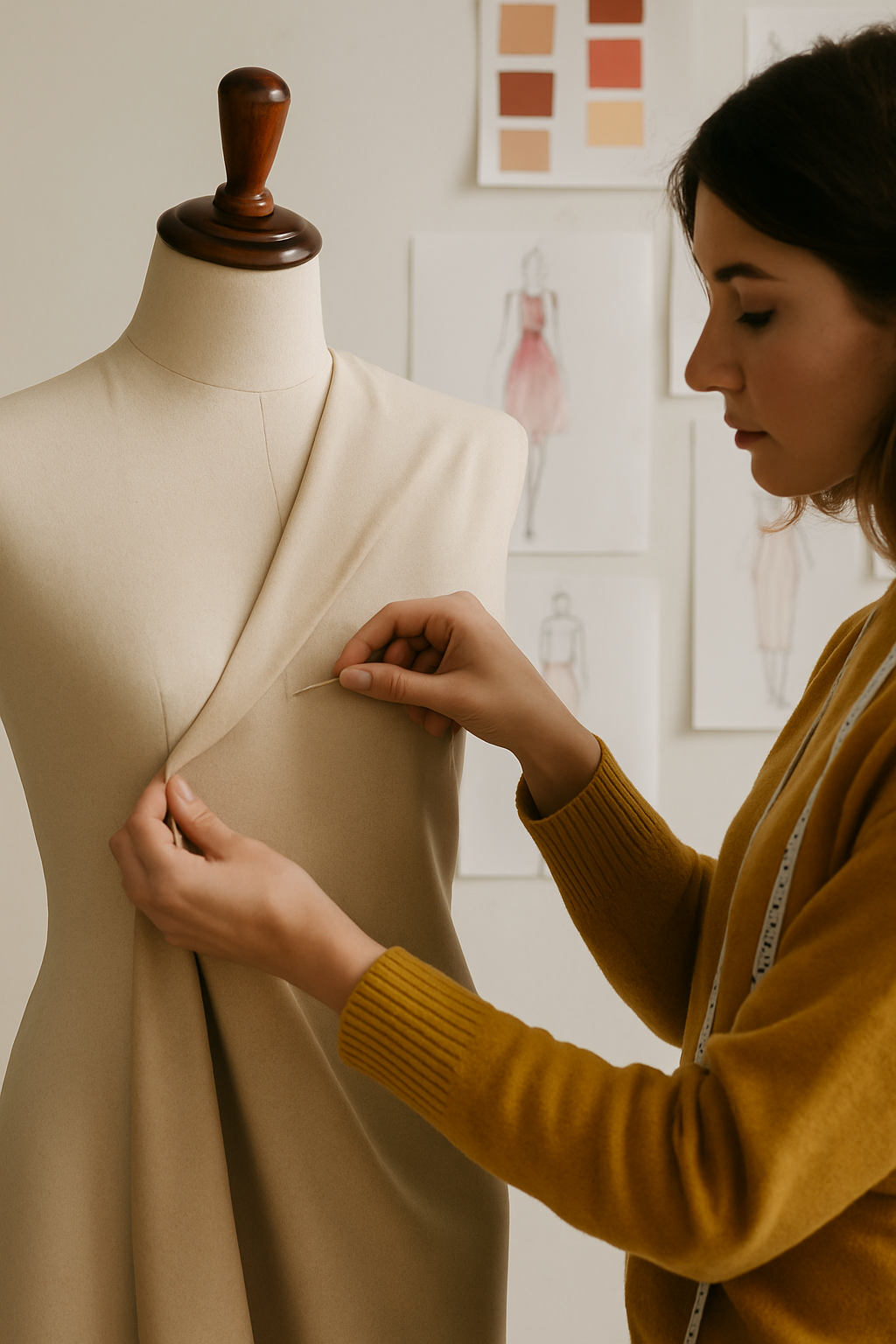Fashion is a universal language and a globally accepted form of expression that crosses borders and cultural boundaries. But fashion also has a responsibility to represent the diverse array of people that make the world such a fascinating place. Fashion, it seems, has answered the call with inclusive fashion concepts emerging as the fashion industry recognises the wonderful variety of human forms. People come in all sorts of shapes and sizes and the idea of one-size-fits-all is a thing of the past. Let’s look at the art and science of fashion design for various body types and ages, as well as how these principles play a role in moulding the modern fashion environment.

Designing for Various Body Types
The human body may have a generic form and typical attributes but even with a universally shared basic structure, no two humans are exactly alike. It is ironic to think that with the infinite variables that a body can possess, it is our differences that are in fact the norm. As a fashion designer, an understanding of the variety of shapes and sizes that exist should not be viewed as a problem, but instead it is an opportunity. Designers can now broaden their design horizons and be more creative with different body types. Here are 5 typical body shapes with tips to design for each:
Pear-shaped
Pear-shaped bodies get their name from the silhouette created by hips that are wider than the shoulders and a cinched waist. Clothing that emphasises the waist will balance the top and bottom half of the body while creating interesting contours. A-line skirts, belted dresses, and structured jackets with exaggerated shoulders are wardrobe essentials for pear-shaped bodies.
Apple-shaped
Apple-shaped outlines are generally wider on the upper body with square shoulders and bust but unlike pear-shaped bodies, the waist is not as defined. Designing for an apple shape will focus on the legs and create the illusion of extending the torso. V-necks, empire waistlines, and straight-leg trousers will flatter an apple shape.
Hourglass shaped
Hourglass bodies are similar to pear-shaped with a well-defined waist but where they differ slightly is the more balanced bust and hip width. The key to designing for hourglass figures is to emphasise the waist without over empathising the top or bottom half. Wrap dresses, high-waisted skirts, and belted tops are all excellent options.

Rectangle shaped
Rectangle or column body types have a straight line silhouette where the width is basically constant from shoulder to hip with only a little waist definition. The fashion design goal is to introduce curves to the outline and to visually define the waist. Layering, ruching, peplum tops, and flared bottoms can enhance the silhouette by creating the illusion of curves.
Inverted Triangle
Inverted triangles have wider shoulders but narrower hip widths. When designing for this body shape the focus is on balancing the wider upper body by adding volume to the lower body. Wide-leg pants, voluminous skirts, and clothing that emphasises the hips can help to produce a more balanced profile.
Designing for various ages
Designing for different ages necessitates not just an awareness of the physical changes that occur with ageing, but also an understanding of each age group's style preferences and comfort levels.
Children
Children's clothes need to prioritise comfort, safety, and mobility. Choose soft fabrics that are durable and long-lasting, and keep an eye out for non-toxic materials. Designs can be playful, with vibrant colours and whimsical prints. Children only want to play and there’s no reason why their clothes can’t also be fun.
Young adults and teenagers
Teenagers and young adults are still finding their fashion identity and tend to want to try new things. They are also on the cusp of childhood and adulthood so a teenager's lifestyle can often include much activity and movement. Self-expression and individualism are high on the list of style choices so aim for modern, flexible designs that will also suit their lifestyles. This environmentally conscious generation is also drawn to sustainable materials and ethical industrial techniques.
Adults
Adult outfits should be both fashionable and functional. The designs should show sophistication, elegance, and professionalism, yet comfort and versatility should not be compromised. Clothing that can translate from day to night is always attractive to busy professionals and a touch of glamour is never wasted.
Senior citizens
As people slide into the autumn of their lives, priorities tend to change. Comfort, ease of wear, and quality will frequently take precedence over passing trends. Designs should express elegance while still providing functional benefits and being comfortable to wear. For added ease, consider adaptable clothing elements such as velcro closures and adjustable waistbands.

The Influence of inclusive design
Accidental adaptability exists in many high street fashion lines and is very easily incorporated into designs in general. For people with disabilities it may be the placing of a zip or using poppers instead of buttons, and making clothing accessible to all is not a great leap in fashion design. A designer who respects and acknowledges the individual needs of people has the power to remove the othering of an enormous percentage of the world's population.
Fashion inclusivity ensures that everyone, regardless of body type or age, feels seen, valued, and confident in their clothes. And from a business perspective, adopting inclusive design principles allows you to produce clothing that appeals to a broader customer base thus expanding your market reach, and cultivating a positive brand image that represents diversity and inclusivity.
Fashion Design Courses: Learn with us
At our academy, we believe in arming designers with the information and skills they need to design for the real world; a world that is rich in diversity. Our fashion design courses are designed to provide you with the skills you need to design for various body types and age groups.
Join us in supporting inclusive fashion design. Let's make fashion an industry where everyone, regardless of body type or age, feels represented and celebrated. Enrol in one of our fashion design courses today, because diversity is always in style with our courses.

